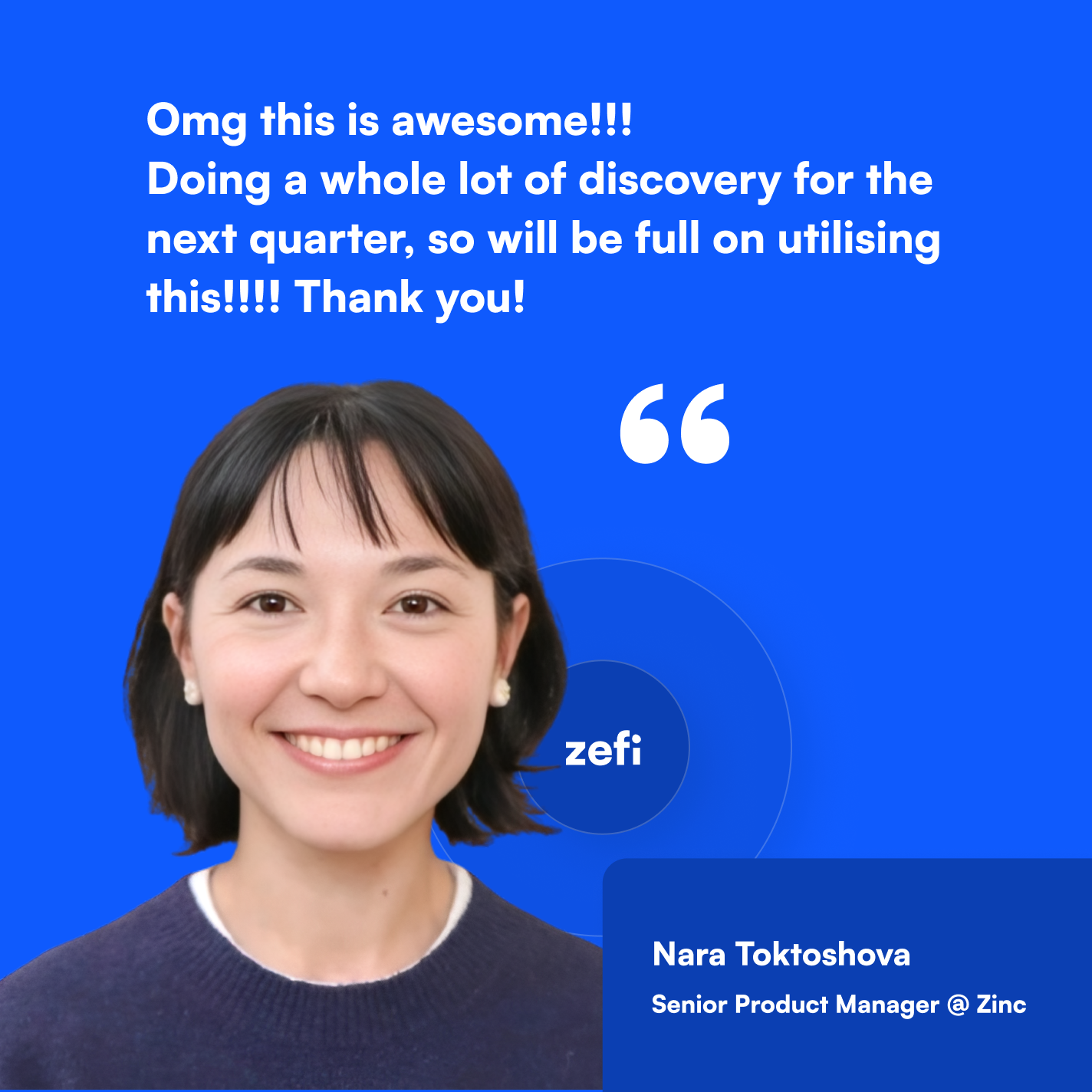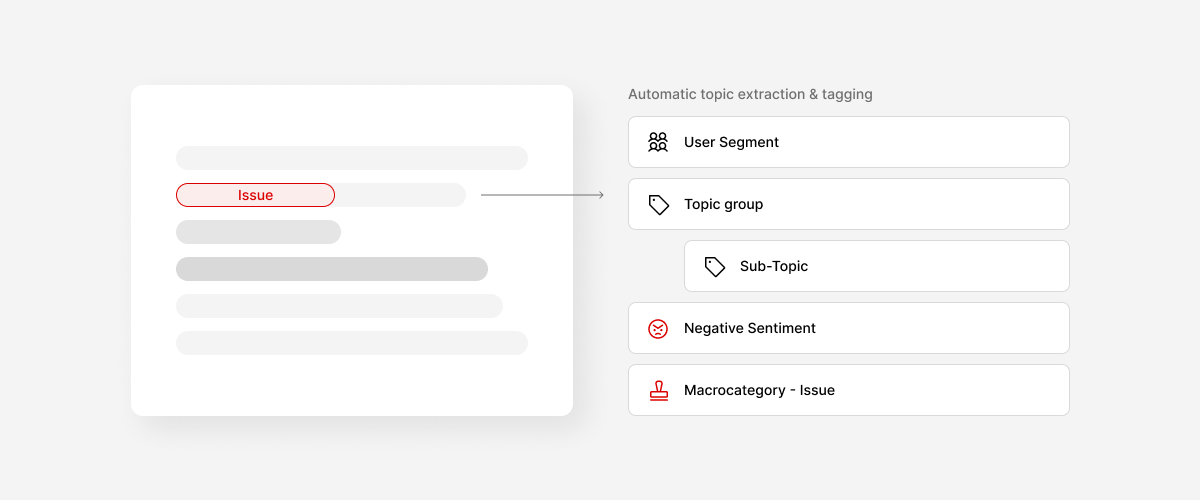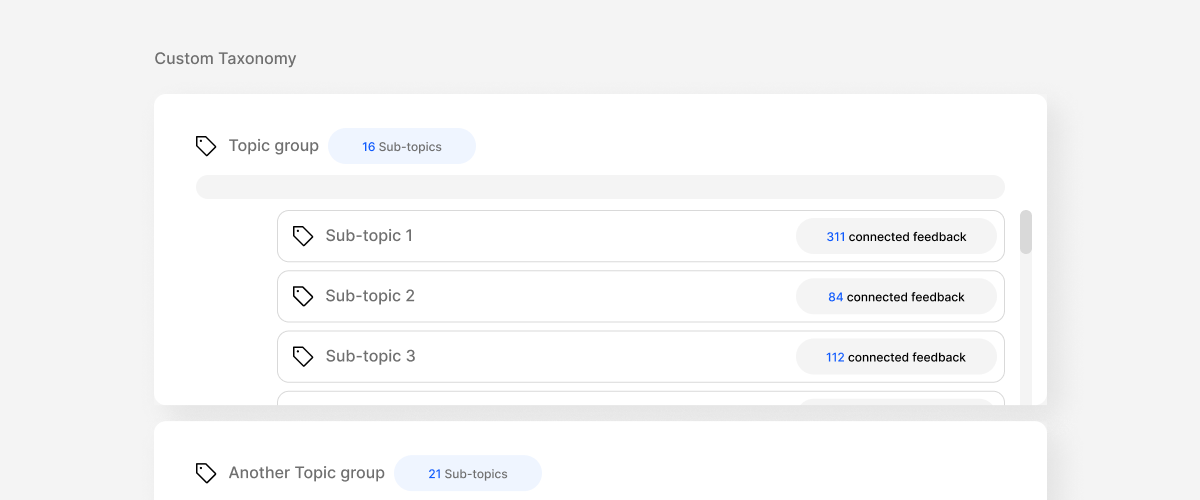The role of a product manager and the role of a product leader are two very different and distinct roles within a technology/software organization, each requiring a unique set of skills and responsibilities.
A typical product manager focuses quite a bit of their time on the day-to-day tasks of managing a product.
Product leaders, however, are less focused on the product – and more focused on the people within their product organization.
Attention: the best Product managers don’t necessarily make the best product leaders – as it requires a unique combination of skills, experience, and mindset shifts.
But how can you understand if you have what it takes and smooth your transition?
1. Develop a strategic mindset as a product leader
Product leadership requires a strategic mindset that goes beyond day-to-day management. To become a successful product leader, you need to develop the ability to think strategically and make decisions that align with the company’s overall goals and objectives. This requires a deep understanding of the market, competition, and customer needs, as well as the ability to anticipate future trends and changes.
Ask yourself questions such as:
- What are the company’s long-term goals?
- What are the key challenges the company is facing?
- What are the biggest opportunities in the market?
- How can our products help solve customer problems?
2. Product leaders must also continue to develop and refine their leadership skills
Product leadership requires strong leadership skills, including the ability to inspire and motivate a team, build relationships with stakeholders, and make tough decisions. In fact, as a product leader – it’s often understood that the true product you’re managing is now your team!
That’s why you always should:
- Seek out opportunities to lead initiatives within your organization, such as cross-functional projects or process improvements.
- Take on mentoring or coaching roles to help develop the skills of others.
- Attend leadership training programs – specifically, those that have a product leadership focus.
3. It’s important to foster relationships with key internal and external stakeholders
Speaking of these stakeholders, product leaders must build strong relationships with all different types of stakeholders, including customers, executives, sales, marketing, and engineering teams – some of which may be new to somebody who recently transitioned as a product manager.
To help foster these strong relationships, you can:
- Make it a point to proactively talk to stakeholders and understand their needs and concerns.
- Communicate effectively and transparently, keeping stakeholders informed of progress and changes.
- Build trust by delivering on commitments and following through on promises.
- Empower your teams – show your product team that their growth is important to you not just with your words, but with actions.
4. The best product leaders focus on outcomes – not just outputs
Product leadership requires a focus on outcomes, not just outputs. While product management is focused on delivering features and functionality, product leadership is focused on delivering business value and driving growth.
To focus on outcomes, you should:
- Define clear goals and metrics for your product, and track progress against those goals.
- Prioritize features and functionality that will drive the most impact and value for the business.
- Continuously measure and iterate on the product to optimize for outcomes.
- Constantly revisit product roadmaps and consider iterating proactively in ways that deliver the outcomes you desire.
- By focusing on outcomes, you can ensure that your product is driving value for the business and meeting customer needs.
5. Product leaders must embrace a growth mindset
Embracing a growth mindset means being open to learning and feedback, taking risks, and embracing failure as a learning opportunity.
- Seek out feedback from stakeholders and use it to improve your product and your skills.
- Take calculated risks and experiment with new ideas and approaches.
- Embrace failure as a learning opportunity and use it to iterate and improve.
- By embracing a growth mindset, you can continuously improve your product and your skills, and drive growth for the business.
Simply put, transitioning from product management to product leadership requires a combination of skills, experience, and mindset shifts.
These shifts may be uncomfortable and certainly will be different from what you experienced as a product manager, but they’re critical to making a smooth transition to being a great product leader.


































